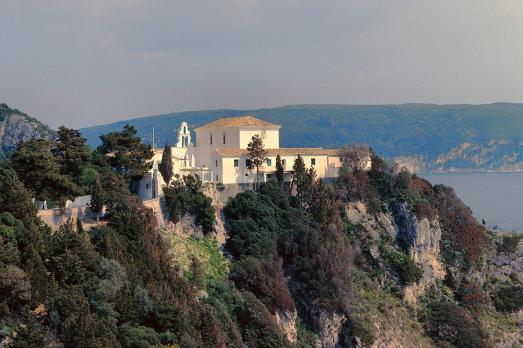
Monastery of Paleokastritsa
Palaiokastritsa, GR
Paleokastritsa is one of the oldest monasteries on the island of Corfu, dating back to 1225.
Here you can search for a building to visit. You can use the map find destinations, or you can use the filters to search for a building based upon what different criteria.

Palaiokastritsa, GR
Paleokastritsa is one of the oldest monasteries on the island of Corfu, dating back to 1225.
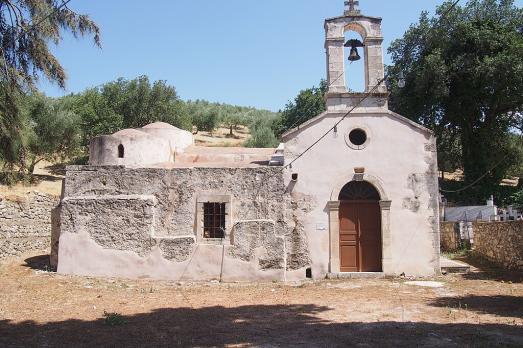
Kitharida, GR
The monastery of Panagia Kera Elousa was founded in the 11th century. Its former catholicon has three naves, dedicated to Saint Charalambos, the Dormitios of Theotokos and Saint Fanourios. The monastery was abandoned in 1894 and its church is currently used as the local cemetery church. It is very close to the Archaeological Site of Kitharida.
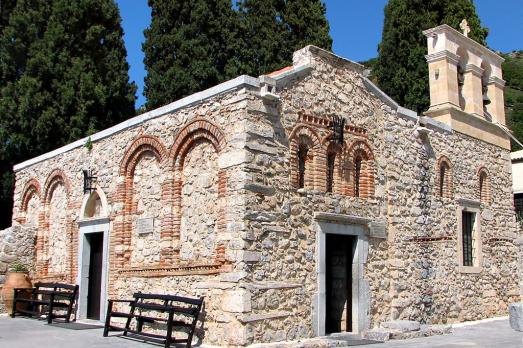
Kera, GR
The monastery Panagia Kera Kardiotissa is a historic place of worship that has played an important role in Crete since its foundation in 1333. The monastery was dedicated to the veneration of the Virgin Kardiotissa, a wooden icon said to perform miracles. It currently operates as a nunnery.
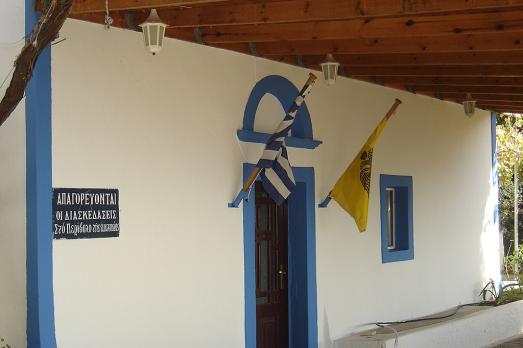
, GR
The monastery of Panagia Lygia was built at the end of the 19th century, next to a spring in the surroundings of Stavrochori. It is dedicated to Zoodchos Pigi (Life Giving Spring).
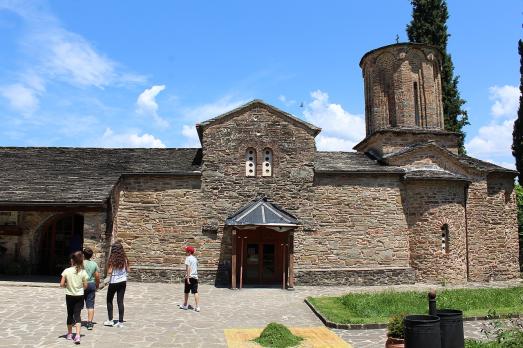
Molivdoskepastos , GR
Monastery of Panagia Molyvdoskepastos is a Greek Orthodox monastery founded in the 7th century close to the Greek-Albanian border.
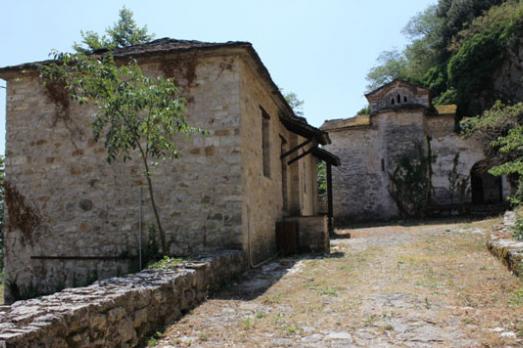
Nisos Ioanninon, GR
The monastery of Prodromos or Monastery of St. John the Baptist was built in the early sixteenth century. The building was severely damaged during the siege of the island by the Ottomans in 1822. The frescoes date from the 17th and 18th centuries.
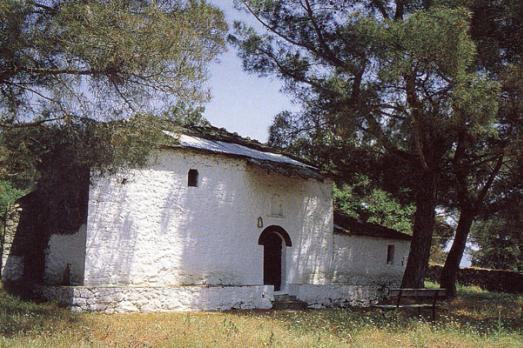
Ioannina Island, GR
The monastery of Profitis Ilias is located on the highest point of the island and was probably founded in the 15th century. The current monastery dates from the 19th century, as are the oldest frescoes still visible. The monastery of Profitis Ilias is one of the seven monasteries of Ioannina Island.
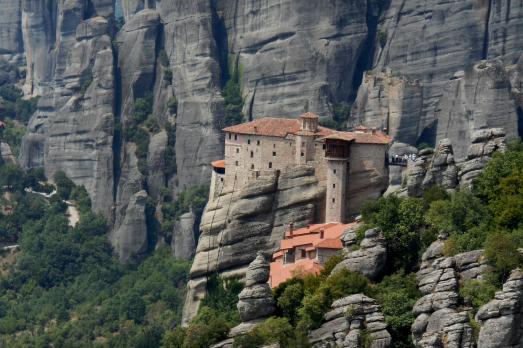
Kalampaka, GR
The monastery of Roussanou is a women's monastery probably founded in the 16th century. The monastery declined in the 19th century and became a hermitage of the Varlaam monastery. The monastery has the peculiarity of occupying the entire plateau on top of the rock where it is located. It is one of the six monasteries that continue to be active in the Meteora and have been listed as a UNESCO World Heritage Site since 1988.

Sástago, ES
The Cistercian monastery of Nuestra Señora de Rueda has its origins in the French abbey of Planselve (Notre- Dame de Gimont, Occitania), which in 1152 established a house in the place of Nuestra Señora de Salz, to the north of Zaragoza.
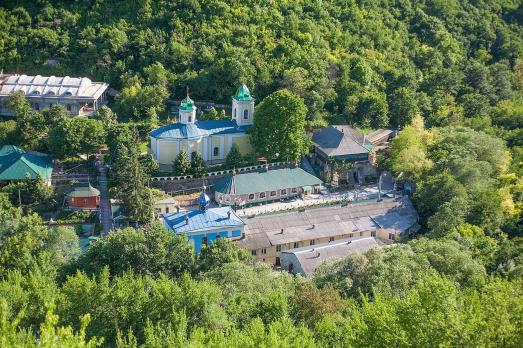
Saharna, MD
The monastery of Saharna is one of the oldest monastic establishments in Moldova. The monastic complex is composed of two monasteries: the cave monastery of the Annunciation and the monastery of the Holy Trinity. The latter monastery was founded in 1776, but less is known about the cave monastery, whose date of foundation is uncertain. Between 1818 and 1821, the Church of the Holy Trinity was built and became the main temple of the monastery. In 1857, the cave monastery was restored. In the 1960s, a psychiatric hospital was opened by the Soviets on the premises of the former monastery. The monastery was reopened in 1991.

new
The Chassidic Route is a cultural and historical trail tracing the rich legacy of Jewish communities in southeastern Poland and western Ukraine. This region was central to the rise of Chassidism in the 18th century. Here, we highlight 10 remarkable synagogues you’ll discover along this route.

he cradle of the Industrial Revolution in Germany, Chemnitz, is well-known for its industrial heritage landscape, but the city is also home to remarkable examples of religious architecture from different historical periods. Join us as we explore the key landmarks of this European Capital of Culture 2025.

The twin towns of Nova Gorica (Slovenia) and Gorizia (Italy), lying on the border between the two countries, have a rich religious heritage, steeped in centuries of tradition. If you are looking for ideas for your visit, take note of these 10 religious sites that you should not miss.